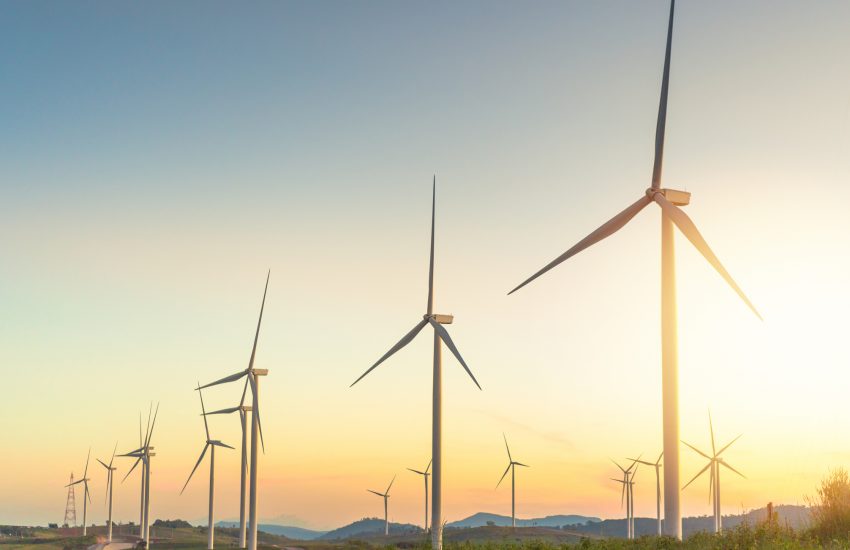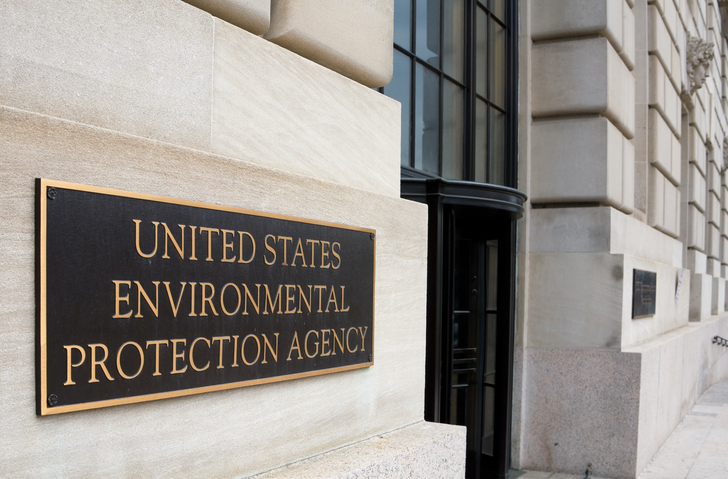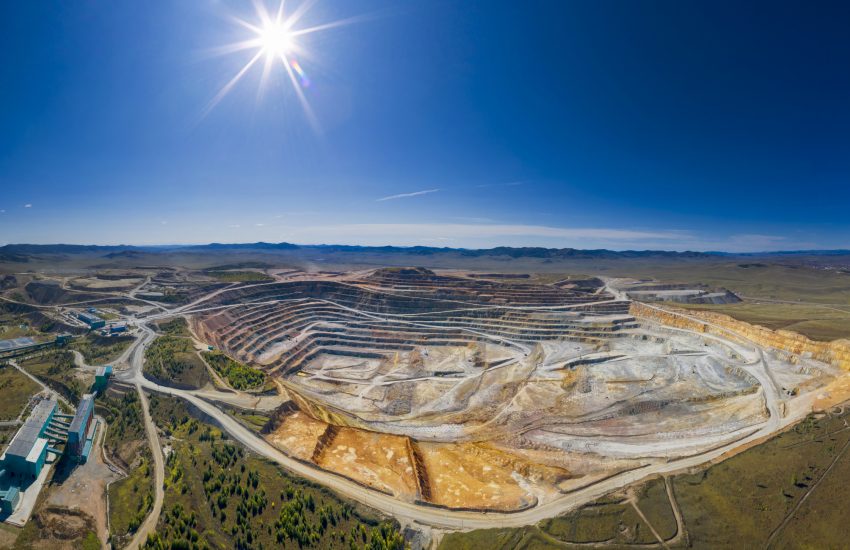In June 1989, then-President George H. W. Bush proposed revisions to the Clean Air Act designed to reduce what were perceived as three of the largest threats to the environment at the time: toxic air emissions, acid rain, and urban air pollution.
More specifically, Section 112r of what became the Clean Air Act Amendments of 1990 required the EPA to publish guidance and regulations for chemical accident prevention by entities using compounds that posed the greatest risk of harm from accidental releases. These regulations were …
Continue Reading









